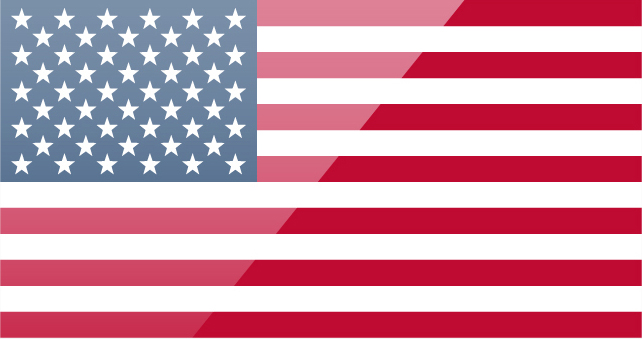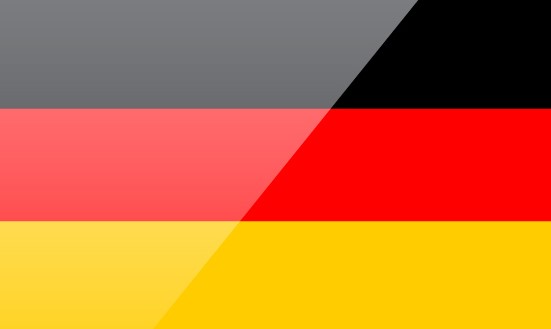You are here:
> Career
> About Chemetall
> History
Company History
2015
With the acquisition of the business activities of Chemal GmbH & Co KG, Hamm, Germany, Chemetall strengthens its Aluminium Finishing business.
Acquisition of remaining shares of former JV Shanghai Chemetall and JV Nanjing Chemetall.
Albemarle Corporation acquires Rockwood Holdings Inc.; Chemetall becomes a global business unit of Albemarle.
2014
Chemetall strengthens its worldwide market position in the glass industry by acquiring the glass surface protection technologies of SaberPack in Lino Lakes, Minnesota/ USA and integrating the glass division of the Aachener Chemische Werke GmbH (ACW), Germany, a formerly wholly-owned company of Chemetall. Integration of the metal sulfides business of Tribotecc GmbH, Austria, into the Chemetall organization.
2013
With the acquisition of the business activities of André Coatings GmbH, Willstätt, Germany, Chemetall adds functional coating technologies to its portfolio and further strengthens its coil coatings business globally. Chemetall acquires the remaining fifty percent shares of its former Chemetall-Rai partners and becomes the solo owner of Chemetall in India.
2012
Divestment of the Fine Chemicals business unit. The lithium and special metal compounds division continues its global business activities under the company name Rockwood Lithium. Chemetall now concentrates completely on the surface treatment business.
2010
With the acquisition of Artech Technologies Pty Ltd in Australia as well as the surface treatment business of Tergo Ind. Ltd. in New Zealand, Chemetall strengthens its presence in the Australasia and South East Asia region and enlarges its product range for the metal working and surface treatment industry.
2008
This year is marked by many acquisitions: GE Betz (GE Metals) in the USA, Nalco Finishing Technologies in USA und Asia and the NDT product range of the UK-based Ely Chemical Company.
2004
mg technologies divest their chemicals business. As part of the mg chemical group Dynamit Nobel, Chemetall is acquired by Rockwood Specialties, Inc, effective August, 1st.
2003
Divestment of the insulating glass sealants business. The remaining portfolio is reorganised into the two strategic business units Surface Treatment and Fine Chemicals.
2001
Acquisition of the aviation business from Dinol AB and integration into Chemetall's Aerospace Technology Division. Divestment of the Plating Technologies Business. Divestment of the Bonding Agents Business.
2000
Integration of Brent's activities into Chemetall's organization. Divestment of the PVC Additives Business.
1999
Acquisition of Brent International PLC, UK
1998
Complete takeover of the joint venture for surface technology founded one year earlier in Australia under the name of Chemetall (Australasia) Pty. Ltd. Acquisition of the US lithium specialist Cyprus Foote, the largest investment ever made by Chemetall.
1997
Purchase of the majority in Weiland GmbH, which is active in the field of galvanizing technologies.
1996
Chemetall takes over the Asian business for industrial chemicals from the British company Brent International PLC. Chemetall (Asia) Pte. Ltd. in Singapore takes over the marketing of surface chemicals with a network covering all of South East Asia.
1995
Purchase of a stake in a company in India (40 %) operating under Chemetall-Rai India Ltd. In the same year, establishment of the joint venture Shanghai Chemetall Chemicals for the production of Bonders in China.
1994
Chemetall becomes single owner of Chemson, whose core business concentrates on PVC additives.
1992
Chemetall is integrated into Dynamit Nobel, which becomes part of Metallgesellschaft (later renamed into mg technologies) in the same year.
1990
Acquisition of the US-based Oakite, specialized in industrial cleaners, to complement the Surface Technology Division.
1989
Expansion of the PVC stabilizer business: Chemetall acquires the majority of Bleiberger Bergwerks Union, a producer of PVC-stabilizers, including the site at Arnoldstein/Austria
1986
Chemson is founded as a joint venture between Cookson and Chemetall. The core business is PVC additives.
1982
Metallgesellschaft grants the “Technische Verfahren (TV)” division (= technical processing division) legal independence. Starting October 1st of that year, it becomes CHEMETALL, Gesellschaft für chemisch-technische Verfahren mbH.
1972
The Glass and Ceramics Division evolves from construction sealants, with its core business of sealants for insulating glass (Naftotherm**).
1965
The acquisition of Société Continentale Parker in Paris marks the formation of the Surface Technology Division. This is the forerunner of expansion abroad.
1962
Within Metallgesellschaft, “Technische Verfahren (TV)” division is upgraded to a profit centre with its own responsibility for operating results.
1960
“Technische Verfahren (TV)” division uses a licensed process to produce sealants for the construction sector.
1955
“Technische Abteilung (TA)” (technical department) is reincorporated into Metallgesellschaft and renamed to “Technische Verfahren (TV)”.
1953
“Technische Abteilung (TA)” establishes a separate lithium division with regard to the increasing applications for lithium compounds. Start of PVC stabilizers production in the Langelsheim production plant.
1935
First Bonder plant starts its operation in Langelsheim.
1930
Ties forged with Deutsche Parker Rostschutz GmbH now result in “Technische Abteilung (TA)” introducing a new and fast process for temporary corrosion protection named Bonder*.
1926
Metallgesellschaft founds Kautschuk-Gesellschaft thus laying the foundations for the activities of the future Chemetall in the area of chemicals for rubber, bonding and plastics.
1922/ 1923
Improvement of Bahnmetall by adding lithium. To meet the large demand, Metallurgische Gesellschaft establishes the Hans-Heinrich metallurgical plant in the Harz region, which later became the Langelsheim plant of Chemetall. This is the first time ever that lithium salts are produced on an industrial scale.
1914
Development of Bahnmetall, also called Lurgi metal, used as a material for the bearings in trains.
1897
Founding of Metallurgische Gesellschaft (later Lurgi) as a subsidiary of Metallgesellschaft with Curt Netto on the Executive Board. The “Technische Abteilung (TA)” is incorporated into this new subsidiary.
1889
Frankfurt-based Metallgesellschaft founds the “Technische Abteilung (TA)”, the nucleus of Chemetall, whose first director is Curt Netto. One of his main objectives is to be aware of the latest technical and industrial developments and to adjust Metallgesellschaft’s corporate planning accordingly.
*Today, Bonder is a registered trademark of Henkel KGaA, Düsseldorf / Germany. The respective trademark by Chemetall is Gardobond. **Naftotherm is now a trademark of Koemmerling Chemische Fabrik, Primasens / Germany.














